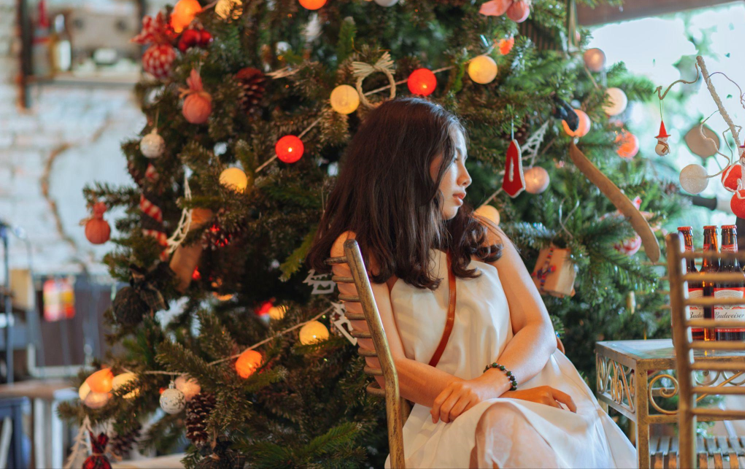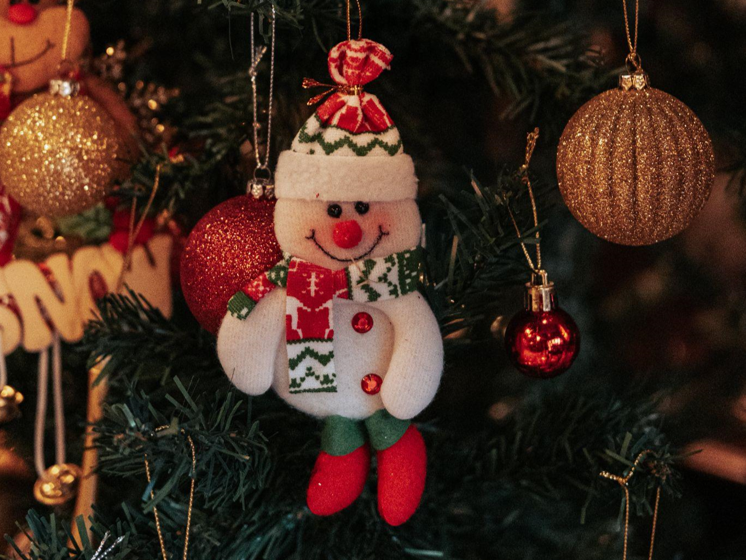The Medieval Roots of Flocked Christmas Trees: A Reminder of Royalty’s Taste for Opulence

The Medieval Origins of Flocked Trees
Flocked Christmas trees are a beloved holiday tradition for many families, but few know that these frosted evergreens have a long and rich history that dates back to medieval times. In the Middle Ages, flocked trees were not common among the peasantry, who typically could not afford such extravagant decorations. However, flocked trees symbolized wealth and status for royalty and the nobility.
The first recorded use of a decorated cheap Christmas tree goes back to 1510 when a flock of paper roses, fir cones, and feathers was attached to a tree in Latvia for a private royal celebration. By the 16th century, flocked trees had become popular among the German aristocracy, who would deck them with candles, fruit, and nuts.
In medieval Europe, snow and ice were considered precious commodities, and the wealthy had to pay a premium to transport them from the mountains to their gardens, where they would be used to create winter landscapes and artificial snow scenes. Flocking a real tree with white powder or cotton was a way to mimic the frosty look of the snowy landscape regardless of one’s geographical location.
The Allure of Flocked Trees for Royalty
Flocked Christmas trees were not just a novelty for Medieval kings and queens but a status symbol. They demonstrated the luxury and extravagance of the aristocracy, who could afford to keep a tree inside their home and have it carefully decorated. The medieval elite saw themselves as natural rulers and financiers of their territories, and their show of pomp and pageantry, especially at Christmas, reinforced their position at the top of their society.
Flock trees also represented a spiritual connection with nature. Evergreens were the only plants to stay green year-round and were therefore revered for their vitality and resistance to harsh conditions. The addition of snow, even if fake, added a touch of magic to the already enchanted image of a forest or a winter wonderland, making the experience of being near the tree even more enchanting.
In conclusion,
Flocked Christmas trees offer a touch of the past for those who can appreciate their medieval roots and bring a sense of regal luxury into our homes that have lasted centuries. While modern-day flocking methods differ from those of the past and cost much less, the allure of a snowy tree still resonates with many. It reminds us of a distant yet fascinating era where kings and queens reveled in luxury and celebrated Christmas with extravagant decorations. As we enjoy our flock trees this season, let us remember their captivating history.


